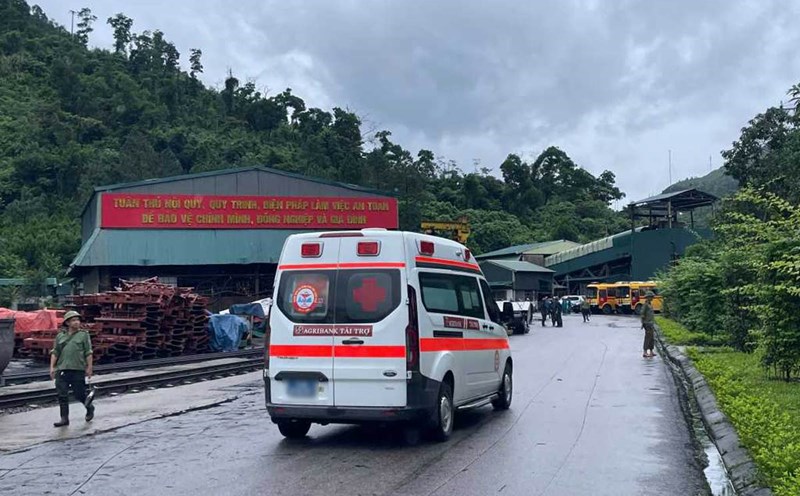On the afternoon of September 28, Deputy Prime Minister Tran Hong Ha directly inspected the response to storm No. 10 in some coastal areas of Nghe An.
Immediately after chairing an online meeting of the Forward Command Committee in Thanh Hoa, Member of the Party Central Committee, Deputy Prime Minister, Deputy Head of the National Civil Defense Steering Committee Tran Hong Ha traveled to Nghe An to inspect the situation.
In Dien Chau commune, the Deputy Prime Minister and leaders of Military Region 4, Chairman of Nghe An Provincial People's Committee Le Hong Vinh and leaders of departments and branches visited Chien Thang anchorage port on Lach Van to inspect storm prevention and control work.
The locality said that the whole commune has 378 vehicles with 1,285 seafood exploitation workers, so far all have been called to anchor safely, and fishermen have also completed moving their rafts to avoid the storm. The work of relocating residents in dangerous areas has been urgently deployed, with 176 households/540 people have been temporarily arranged to stay in safe places.
The Deputy Prime Minister directly discussed with fishermen, acknowledged the proactive and urgent spirit, and emphasized the requirement to absolutely not be subjective, but strictly follow the instructions of the government and functional forces. He requested local forces to stay close to the facility and promptly support people throughout the storm response and after the storm.
Reporting to the Deputy Prime Minister, Chairman of the Provincial People's Committee Le Hong Vinh said that Nghe An has deployed response work according to the "4 on-site" motto, completing the relocation of households in vulnerable areas. As of September 28, the province has 2,891 vehicles/13,048 workers safely anchored, with only 4/22 workers operating in the sea area of Ho Chi Minh City, outside the storm affected area.
Deputy Prime Minister Tran Hong Ha requested that response plans must be reviewed to each locality and household, putting the safety of people's lives first; the relocation work must be determined, not letting people stay in dangerous areas.









